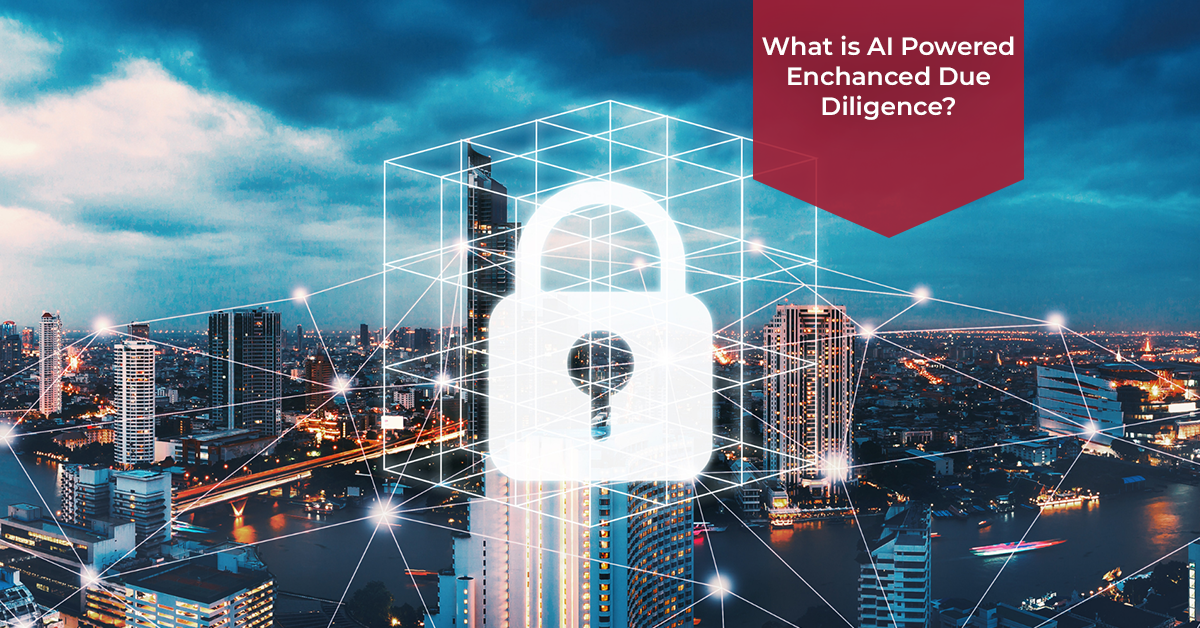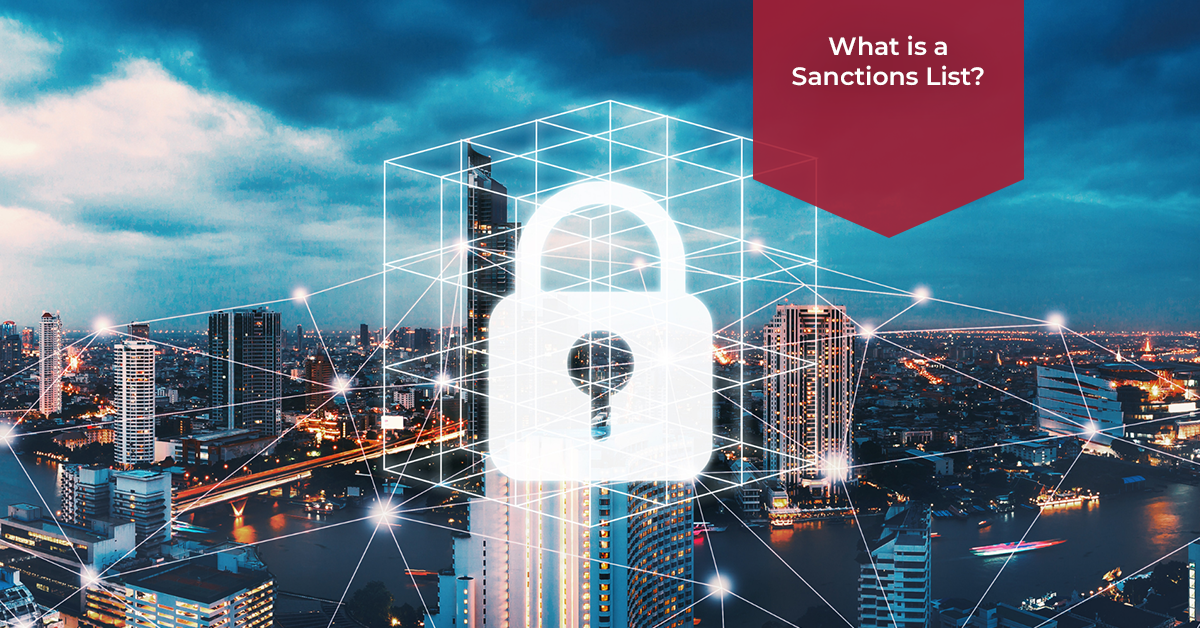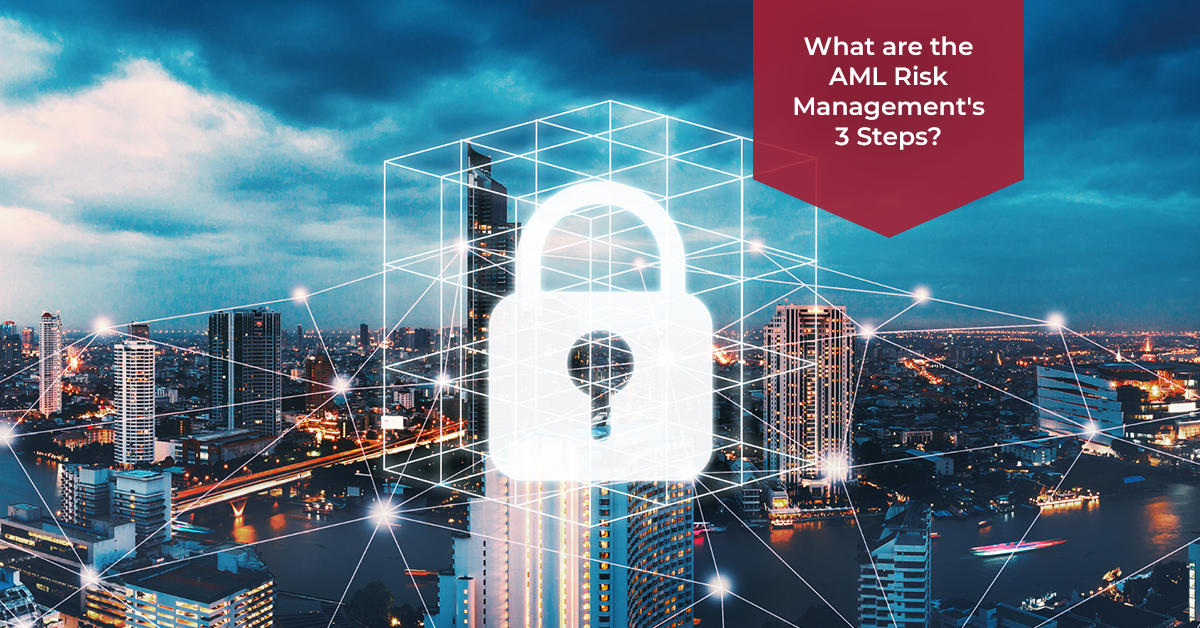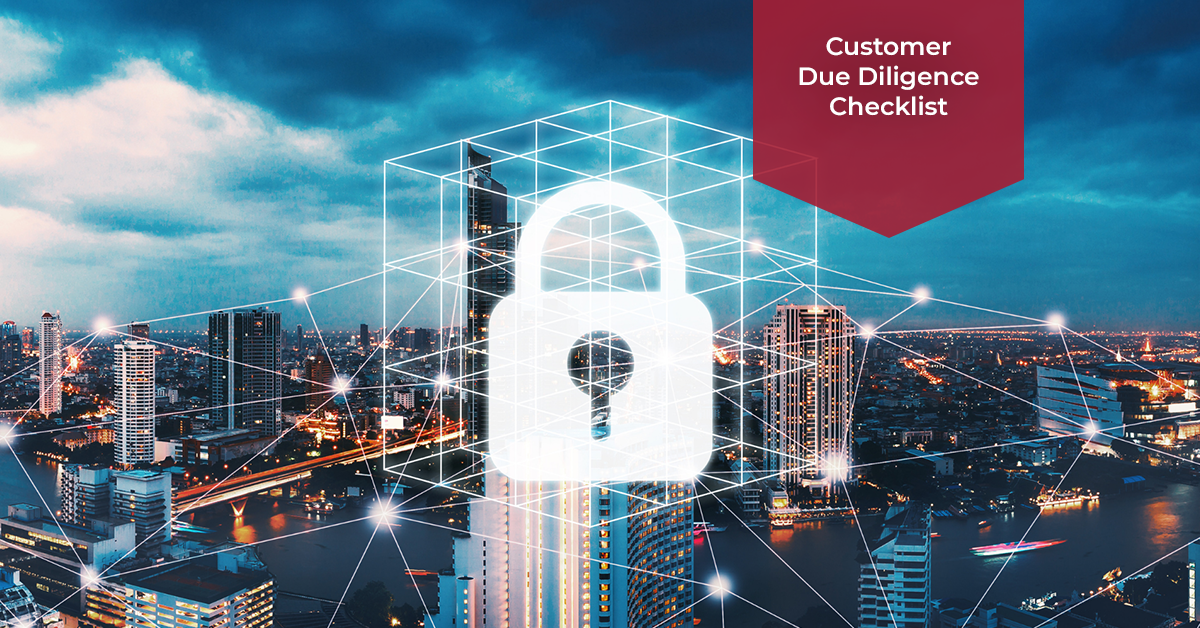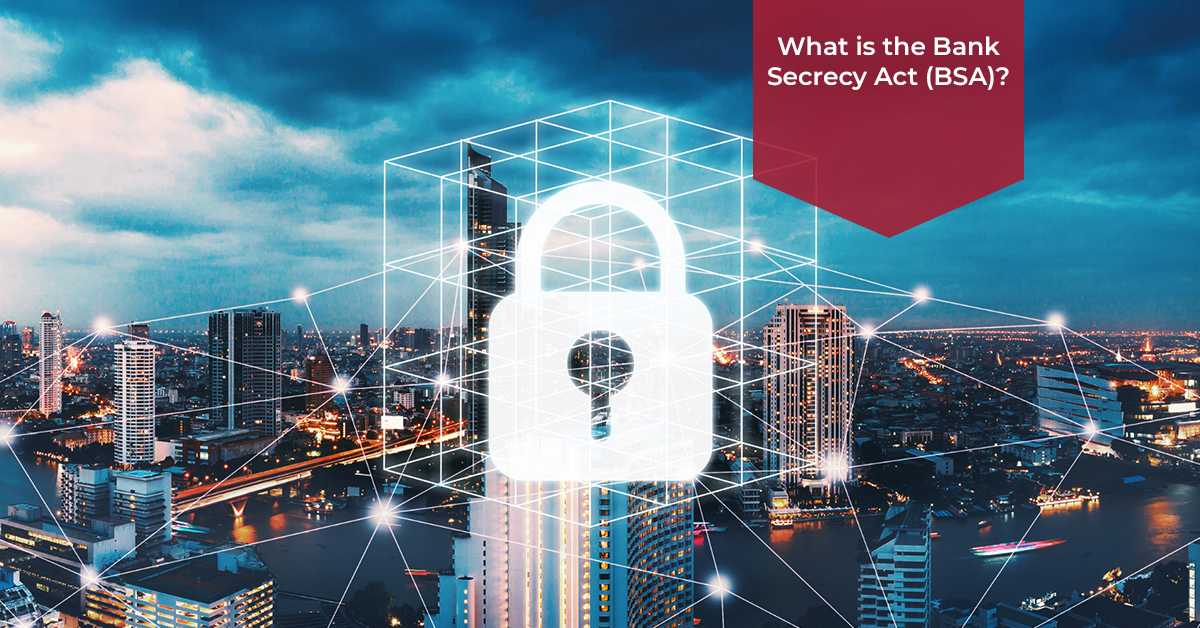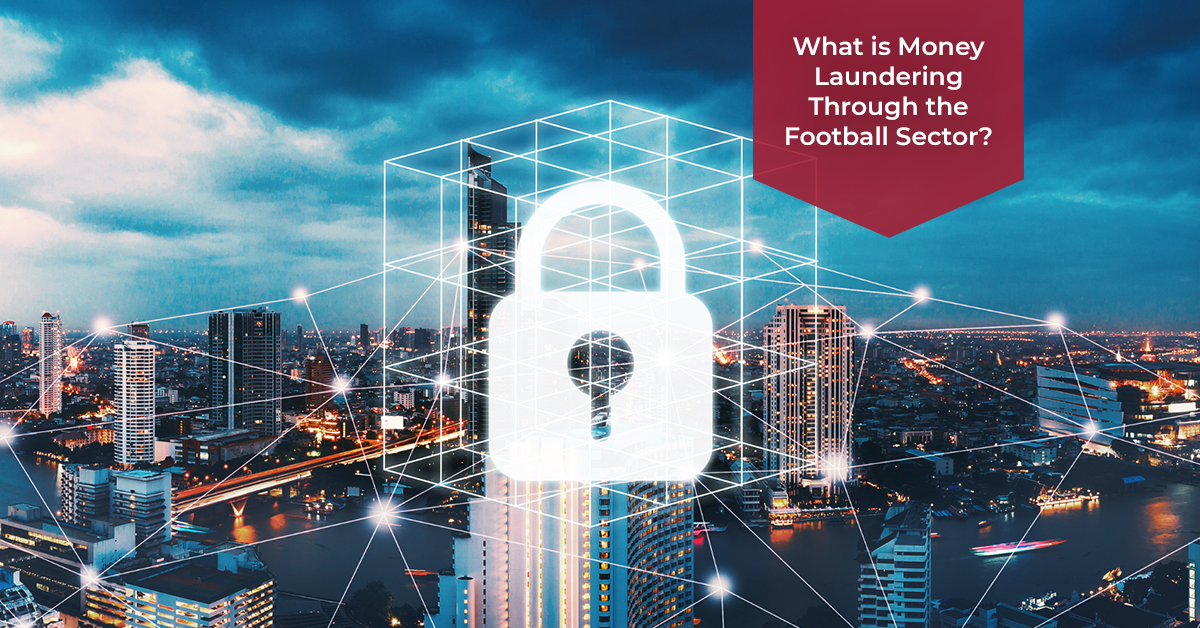What is the Difference Between Due Diligence and Enhanced Due Diligence
What is the Difference Between Due Diligence and Enhanced Due Diligence? Within the intricate domain of regulatory conformity, enterprises adhere to two fundamental processes – Customer Due Diligence (CDD) and Enhanced Due Diligence (EDD) – to assess and alleviate risks associated with their clientele. While CDD involves standard information gathering to evaluate business [...]


